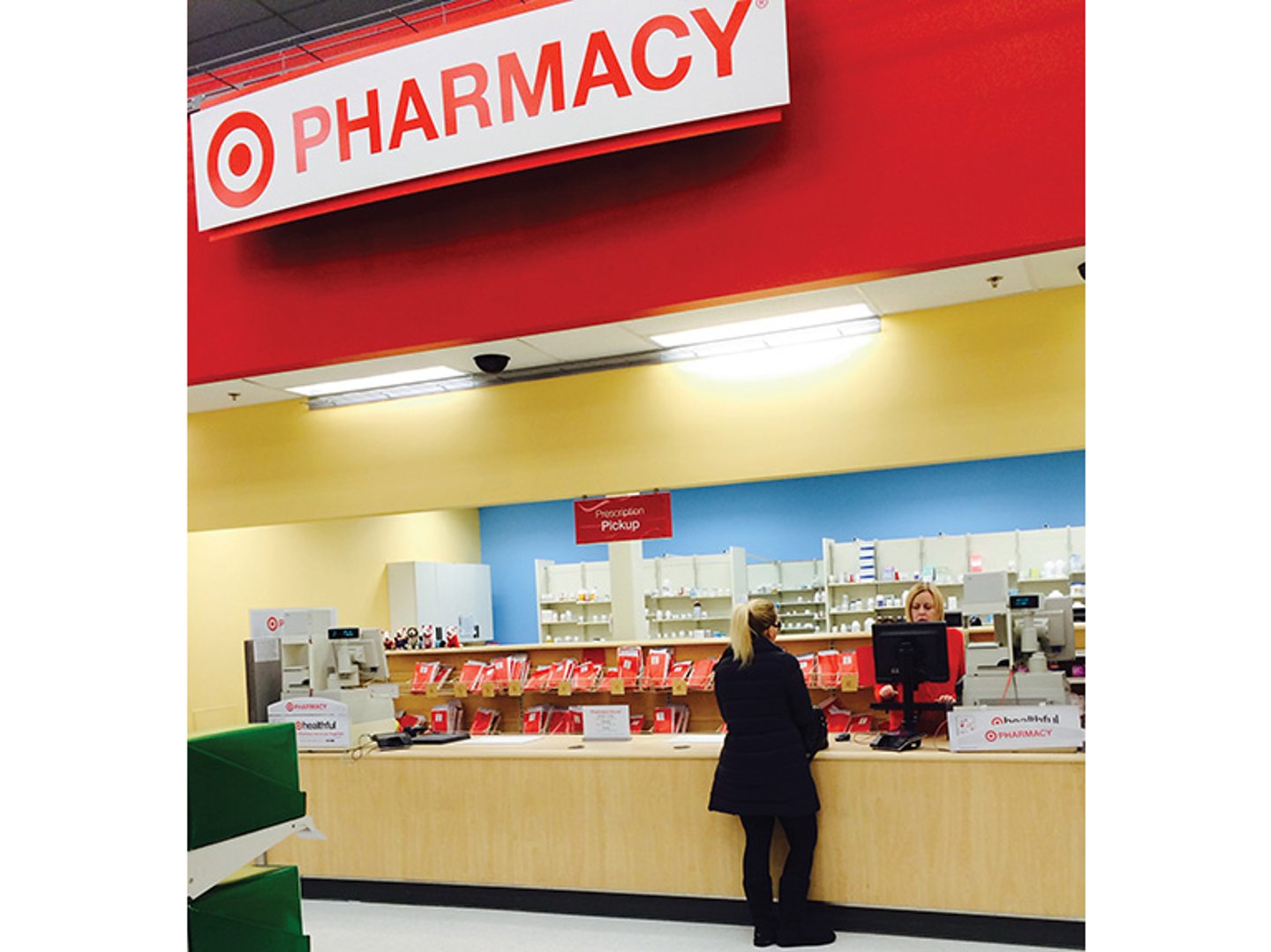Study: Target exiting pharmacy on a high note with consumers
Westlake Village, Calif. – Target Corp. may be exiting the pharmacy business, but the retailer is doing so on a high note.
According to the new 2015 U.S. Pharmacy Study from J.D. Power, Target, which in June announced it would sell its pharmacy business to CVS Health for $1.9 billion and rebrand its nearly 1,700 prescription departments as CVS/pharmacy, ranked highest among mass merchandiser pharmacies.
Target received an overall customer satisfaction score of 858. Wegmans (887) ranked highest among supermarket pharmacies, while Good Neighbor Pharmacy (876) ranked highest among chain drug-store pharmacies.
Following Target were Sam's Club (847) and Meijer (842), while Publix (871) and H-E-B (866) took the number two and three spots in the grocery segment.
Interestingly, the nation’s largest chain drug store retailers – CVS, Walgreens and Rite Aid – were not among the top three finishers in this category. Health Mart (871) and The Medicine Shoppe Pharmacy (861) followed Good Neighbor in chain drug store rankings.
Customer satisfaction with pharmacies has remained relatively stable. Satisfaction with brick-and-mortar pharmacies is measured across five factors: prescription ordering; store; cost competitiveness; non-pharmacist staff; and pharmacist, on a 1,000-point scale.
Overall satisfaction with supermarket pharmacies improved to 851 in 2015, up from 843 in 2014, while satisfaction with chain drug store pharmacies improved by two points to 842, and satisfaction with mass merchandiser pharmacies dropped to 822 from 830.
Pharmacists and pharmacy staff play a critical role in customer satisfaction. The study finds that the step of asking customers if they would like to speak with a pharmacist causes overall satisfaction to improve by 54 points. In addition, when customers perceive their conversations are handled with discretion and a private area for discussions is provided, satisfaction improves by 99 points.
Moreover, customers who speak with a pharmacist are significantly more likely to purchase other items from the pharmacy and demonstrate higher loyalty rates. While 44% of customers who speak with a pharmacist "strongly agree they feel loyal to their pharmacy," only 35% of those who do not speak with a pharmacist say the same.
Other notable findings include:
• On average, customers of brick-and-mortar pharmacies pay $23 out-of-pocket for prescriptions in 2015, up slightly from $22 in 2014.
• Among customers who use health testing and wellness services at their pharmacy, 63 percent indicate they "definitely will" recommend their pharmacy and 46% "strongly agree they feel loyal to their pharmacy." Among customers who do not use health testing and wellness services at the pharmacy, only 55% "definitely will" recommend their pharmacy and 37% "strongly agree they feel loyal to their pharmacy."
• Offering health services can increase purchases of non-prescription items, as 60% of customers who use these services buy other merchandise at the pharmacy, while only 37% customers who don't use health services do so.
• A majority (91%) of customers of brick-and-mortar pharmacies receive their prescription when or before promised.

